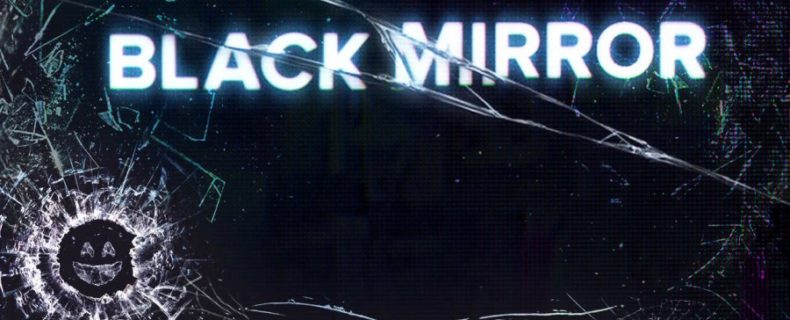
Source: ivansorgente.com
Black Mirror is a dystopian sci-fi drama on Netflix with a massive following. While many of its episodes show concerning or even disturbing potential uses of technology in the future, many of us take comfort in the fact that it’s all just fiction… well, for now.
Part of what makes the show so poignant is that its scenarios could easily apply to our own world in a few years’ time. Some of the show’s premises are now even becoming reality, leaving many questions as to what the future of technology holds for us and our planet.
#1: Be Right Back
In the episode Be Right Back, a woman learns about a service that can use AI and machine learning to replicate her deceased husband’s consciousness through the use of his photos and social media posts. At first, she speaks with the artificial version of him online, then by phone, and finally by ordering a real-life robotic version of him.
The online chat-based and phone-based versions of these technologies already exist. Several industries, including the online casino and ecommerce make use of this technology, with AI chatbots able to respond to basic queries and assist with answering questions. With such great steps already taken in AI, we may soon be able to upload recreated consciousness into robotic forms.
#2: The Waldo Moment
In this episode, a comedian voices Waldo, a smart-talking CGI cartoon bear who eventually runs for office as a running joke. In a surprising twist, Waldo begins to succeed in his run as his voice artist becomes increasingly distressed by the situation.
It has become relatively common nowadays to map human movements and behaviours to avatars, like in Nintendo’s Wii technology or in virtual reality games. As the rise of VR continues, we can expect far more of these occurrences too – especially since Facebook has just revealed its plans to create personalised avatars of its users using Oculus Rift.
#3: Nosedive
In Nosedive, people’s success in their daily interactions relies on a social ratings system similar to those used in Uber and Postmates. Each person has a contact lens that allows them to see each other’s ratings, which influences their real-time scores and how others interact with them.
This system could soon see itself being replicated using Microsoft’s Hololens. While still bulkier than a contact lens, this technology could provide similar services, which are already being used in China in the form of social credit scores that fluctuate according to people’s loan repayments, fines, and other social factors. This system makes it harder for law-breakers to access many services.
#4: Hated in the Nation
This episode sees massive drones of autonomous AI bees being hacked and ordered to kill a single individual who was selected using Twitter hashtags. This episode is already highly realistic, as robotic devices have steadily shrunk to the size of hummingbirds over the years.
Autonomous drone research has also successfully replicated the technology in helicopters, and developers can now emulate swarm formations in technology as well. NASA may soon even use robotic bees to explore Mars, making this an episode with a premise that will surely soon become reality in full.
#5: Arkangel
This Black Mirror episode sees an overprotective mother implanting a chip into her daughter’s brain that allows her to track her movements and view whatever her child does. The mother monitors her daughter using an app, which can blur out disturbing images from the girl’s vision.
According to scientists, this kind of technology is already making its way into the real world. Fitness trackers that gather biometric data and information on a person’s movements and health are already on shelves, and researchers at Berkeley had already discovered a way to reproduce what people were seeing by measuring their brain activity back in 2011. Should this technology develop further, it may well allow people to see what others see or envision in just a few years’ time.
Source links:
http://www.businessinsider.com/black-mirror-predictions-reality-2016-10?IR=T



























